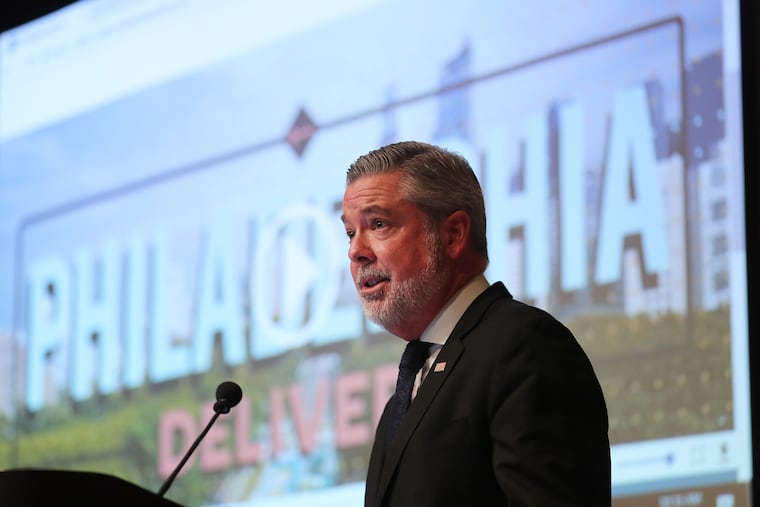Tuition was rising, appeal was falling. Here’s how Drexel University is stopping the slide
Drexel is bringing in and retaining more freshmen under an enrollment overhaul instituted four years ago, its leaders say. The university, which had long been regarded as one of the nation's most expensive, has kept tuition and room and board increases to no more than 2 percent over the last couple years and has frozen staff wages.
